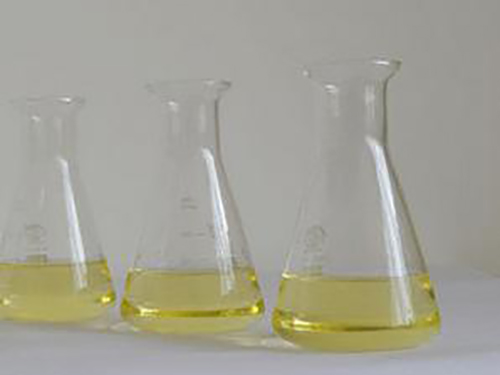function of poly aluminium chloride in water treatment
The Function of Poly Aluminium Chloride in Water Treatment
Water treatment is an essential process for ensuring the safety and quality of drinking water. Among the various coagulants used in this process, Poly Aluminium Chloride (PAC) has gained significant attention due to its effectiveness and versatility. This article explores the function of PAC in water treatment, its chemical properties, advantages, and overall impact on achieving clean and safe water.
What is Poly Aluminium Chloride?
Poly Aluminium Chloride is a chemical compound that consists of polymers of aluminium and chloride. It is typically a white or yellow powder and is soluble in water. PAC is produced by the neutralization of aluminium hydroxide with hydrochloric acid, resulting in a compound that is more efficient in removing impurities from water compared to traditional aluminium salts.
Coagulation and Flocculation
The primary role of PAC in water treatment is to facilitate the processes of coagulation and flocculation. When raw water is treated, it contains various impurities such as suspended solids, organic matter, bacteria, and other contaminants. These impurities are typically negatively charged, which prevents them from clumping together and settling out of the water.
PAC works by neutralizing the negative charges on these particles, allowing them to agglomerate into larger particles, or flocs. Flocculation is the subsequent process where these flocs grow larger and entrap additional particles, making them heavier and easier to remove during sedimentation or filtration. This dual action greatly enhances the efficiency of the water treatment process.
Advantages of Using PAC
1. Improved Settling Rates One of the significant advantages of PAC is its ability to create a dense floc that settles rapidly. This improved settling rate can significantly reduce the time and space required for sedimentation processes in treatment facilities.
2. Wide pH Range PAC is effective over a wider pH range compared to traditional coagulants like aluminium sulphate (alum). This versatility allows for its application in varied water quality conditions, making it suitable for different types of water sources.
function of poly aluminium chloride in water treatment

3. Lower Dosage Requirements PAC demonstrates higher efficiency, often requiring lower dosages than traditional coagulants. This results in reduced chemical costs and less sludge production during the treatment process.
4. Compatibility with Other Chemicals PAC can be effectively combined with other chemicals used in water treatment, enhancing its functionality. For instance, it can be used alongside activated carbon and other filtration media for improved removal of organic compounds and color from water.
5. Reduction of Organic Matter The use of PAC has been shown to effectively reduce levels of organic matter in water, which is crucial for improving water quality and reducing the formation of disinfection by-products during chlorination.
Application in Water Treatment Plants
The application of PAC in water treatment plants varies depending on specific needs and water quality conditions. Typically, it is added during the pre-treatment phase, often in conjunction with other treatment processes such as sedimentation, filtration, and disinfection.
In many municipal water treatment facilities, PAC is deployed to treat surface water, groundwater, and industrial wastewater. Its use is particularly valuable in regions where water quality varies seasonally or is influenced by environmental factors.
Environmental and Economic Impact
The shift towards PAC in water treatment not only improves the quality of treated water but also has significant environmental and economic implications. The reduced sludge production from its usage means lower disposal costs and less environmental impact. Furthermore, the efficiency of PAC translates to lower energy consumption and operational costs, making water treatment facilities more sustainable.
Conclusion
In summary, Poly Aluminium Chloride plays a vital role in modern water treatment processes. Its ability to enhance coagulation and flocculation, coupled with its numerous advantages, makes it a preferred choice among water treatment professionals. As global water challenges continue to grow, the use of PAC represents a critical step towards ensuring that clean and safe water is available for all. Adopting effective coagulants like PAC not only addresses immediate water quality concerns but also supports long-term environmental sustainability and public health.
-
The Power of Isothiazolinones in Modern ApplicationsNewsMay.08,2025
-
Flocculants in Water TreatmentNewsMay.08,2025
-
Flocculants and Chemical Solutions: What You Need to KnowNewsMay.08,2025
-
Flocculants and Chemical Solutions: A Growing IndustryNewsMay.08,2025
-
Essential Chemicals: Polymaleic Anhydride and MoreNewsMay.08,2025
-
Acrylic Polymers: Essential Solutions for IndustryNewsMay.08,2025





